In this guest post by Zmorph, learn about six benefits that 3D printing brings to students, teachers, and the general education sector.
Editor’s Note: this content originally appeared on the official Zmorph blog. Text and images have been republished with permission
Let’s take a closer look at 6 different ways 3D printing improves education right now.
Several technologies have transformed our world throughout the history including the steam engine, the light bulb, the microchip, and the World Wide Web. The 3D printer is the most recent revolutionary technology, completely changing how we are able to work and play.
We are seeing governments and organizations embrace this technology all around the world, investing in the development of their next generation’s understanding of how it can be used. We gathered some of the most exciting examples out there.
1. 3D data and the physical world can interact
The 3D printer revolutionizes the concept of creating a physical “something” from “nothing”. Students begin with an idea that they brainstorm and then ends with their idea being realized into a physical object. This is exciting and empowering as the applications for creating physical models of ideas can be far reaching. Take, for example, engineers constructing models of a bridge before building it, or companies creating various versions of a product so they can test it until it’s perfect. 3D printing improves education by teaching how ideas can be realized into the physical world. 3D data and printing can inspire innovation and creativity in young children.
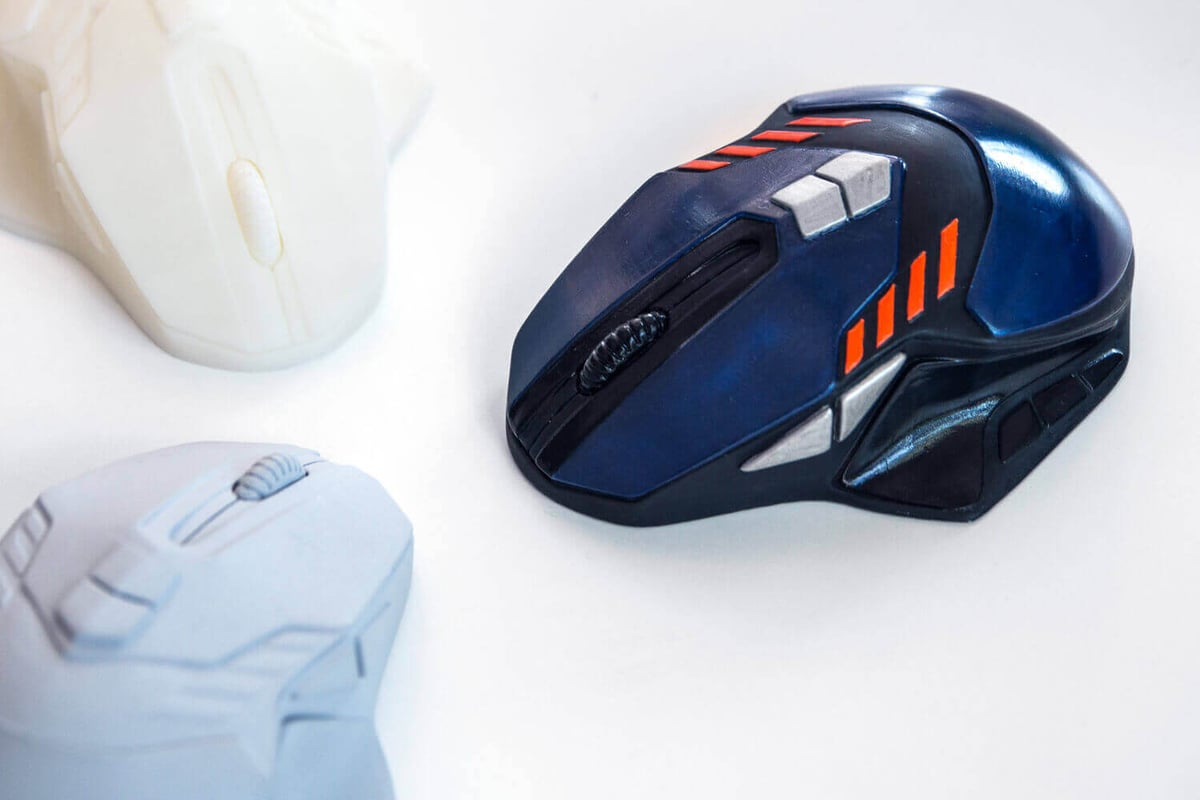
In Japan, Kabaku and Microsoft have teamed up to bring a Minecraft-based coding and 3D printing program to 6th graders. The program is called “Digital House Making” and it consists of 10 sessions of 45 minutes each. The children design houses in Minecraft and then 3D print them into full-color physical houses. It creates an engaging, problem-solving environment for the children to learn how designing something in a program can result in a real physical product. They also can strengthen their analytical skills which bring us to the next point.
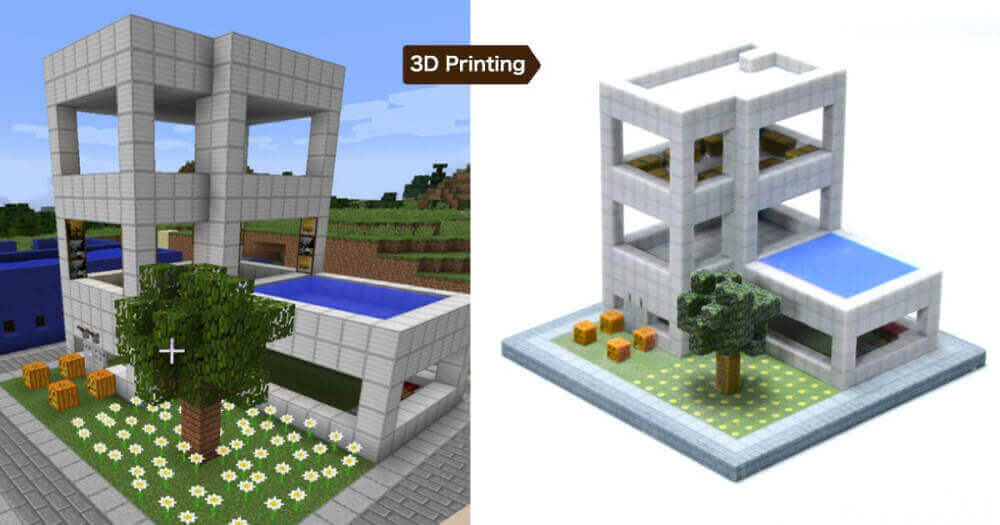
2. Digital fabrication teaches the process of trial and error
In Stratasys’ guide to ‘How Universities are Incorporating 3D Printing into the Classroom’, their recommended best practices include using the workshop like a real business. Typically, designers and engineers submit their files to a workshop or service centers to have them printed. Students should also do the same to learn how to communicate with a printing technician, to pay for materials, to ensure their file types are aligned with specifications, and to learn that the design process is often iterative. What a design looks like on screen can differ from how it looks when printed. Through testing and altering their design, they will learn how to get their product to perfectly match their idea.
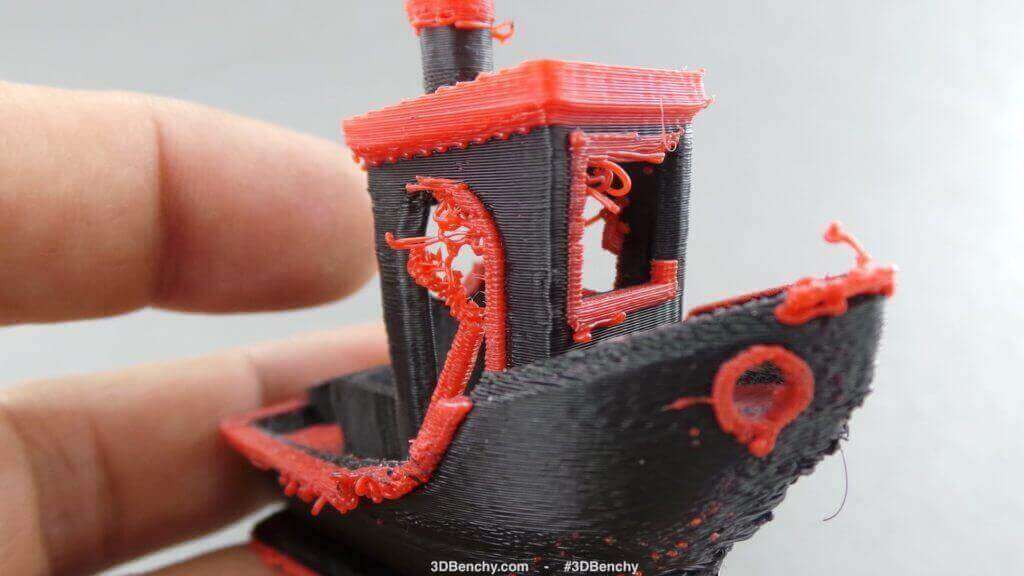
Manufacturing seldom produces a perfect product on the first try. One of the ways 3D printing improves education is the ability to manufacture and test over and over in an affordable and efficient way. As in the example from Japan above, students can print out their houses and analyze their designs. They can ask themselves, “Is there anything that could be done better?” This process is important in their development. Whether these kids and teens end up an entrepreneur or an architect, they will understand the importance of persistence through testing and making modifications.

3. Educators already prepare the next generation for a new era
Many countries are recognizing how 3D printing improves education and will play in the future. By integrating it into school programs, they’re preparing the next generation to be well versed with the technology.
China plans to install 3D printers in every elementary school in their country by 2017. It is the government’s belief that by immersing children in a new technology through a full education cycle, they will be affluent with the function and use of it by the time they are ready to enter the workforce.

In the United Kingdom, Lord Baker, the former secretary of education, has stated:
Radical action is needed to ensure that the next generation of working adults is equipped to handle a new era in technology – the ‘fourth industrial revolution’, one of 3D printers, robots and artificial intelligence.
He has demanded an 8-point plan which incorporates 3D printers into every primary school in the UK.
In Poland, the Ministry of Education has been trying to reform the education system through a variety of avenues. One recently announced program is designed to introduce students to computer programming through computer science classes beginning from the first grade.
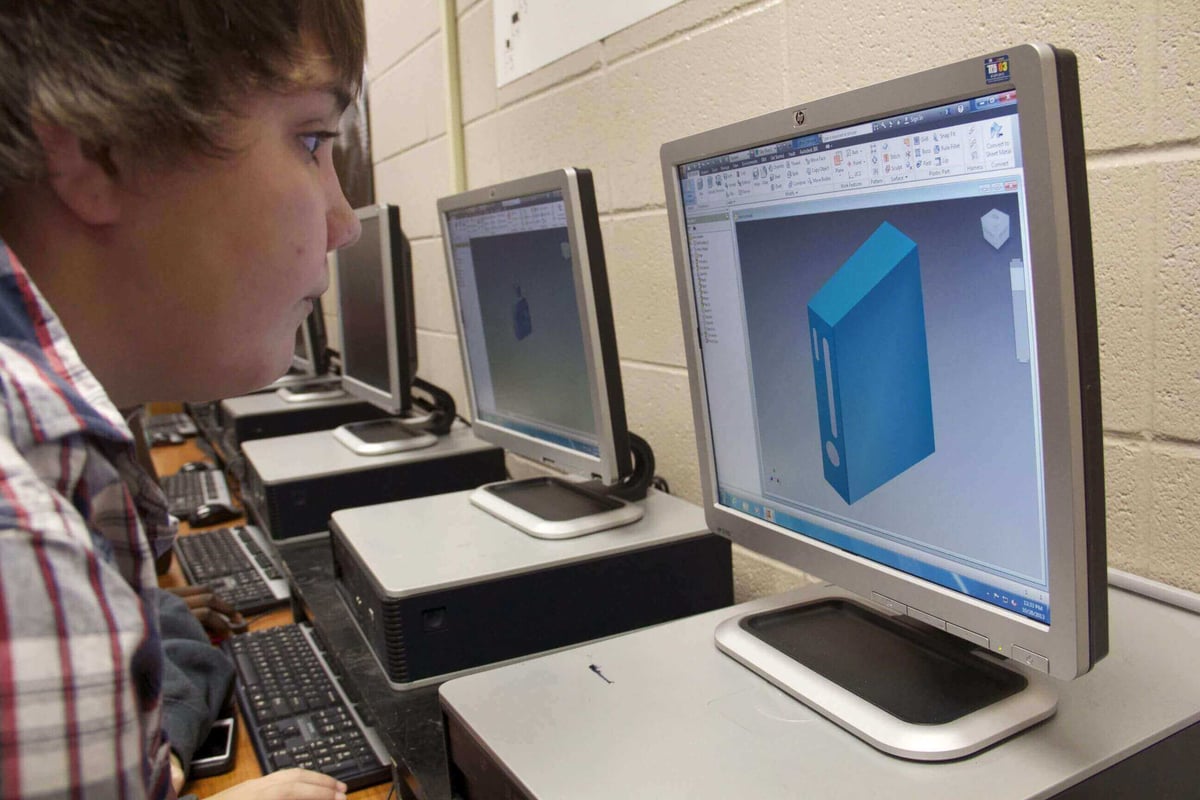
3D printing improves education in Polish classrooms thanks to distribution companies like 3D Phoenix. By the year 2017, computer science classes will be introduced at every education level where students will learn important computer skills and 3D design and printing is planned to follow in coming years.
4. New technologies inspire the interest in STEAM careers
Next, working with 3D modeling combines computer skills with problem solving and imagination. It brings in elements of geometry, design, and logic. By giving students a hands-on experience with a fun and interactive technology like 3D printing, educators are inspiring to pursue STEAM careers (Science, Technology, Engineering, Arts and Mathematics). The exposure can spark curiosity which otherwise wouldn’t be realized.
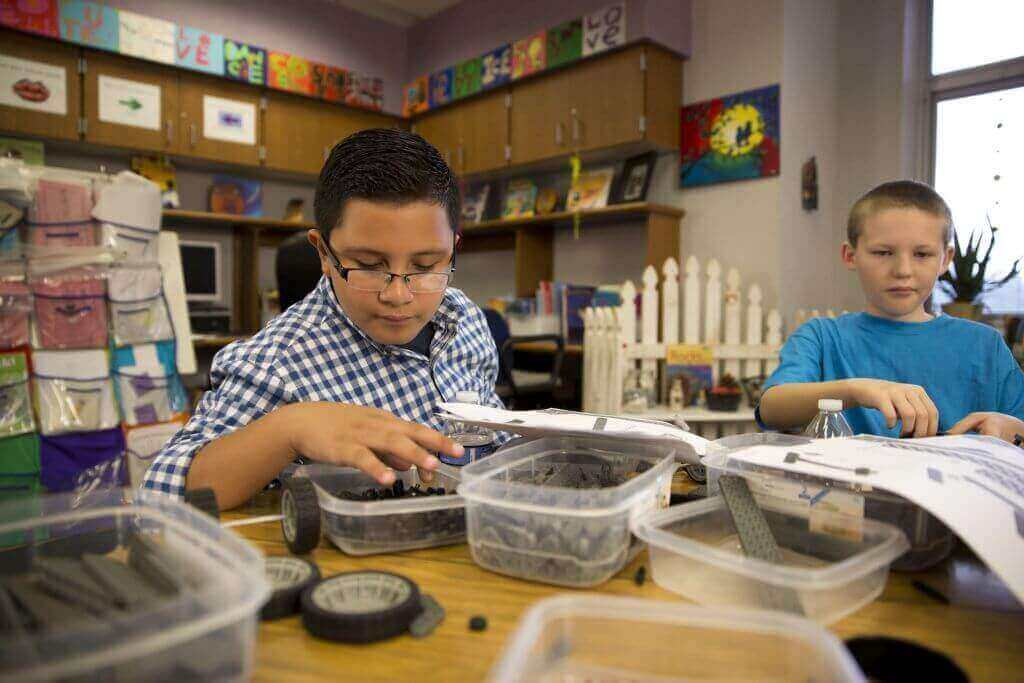
Henryk Sienkiewicz’s technical school from Kolobrzeg, Poland, is a great example of how 3D printing improves education and inspires young people. Members of the 3D modeling club there are learning design skills and working with ZMorph multitool 3D printer in order to build a detailed diorama of their town’s historical monuments. Extra curriculum program became so popular, that the school decided to invest in 3D printers and include the technology into regular classes too.
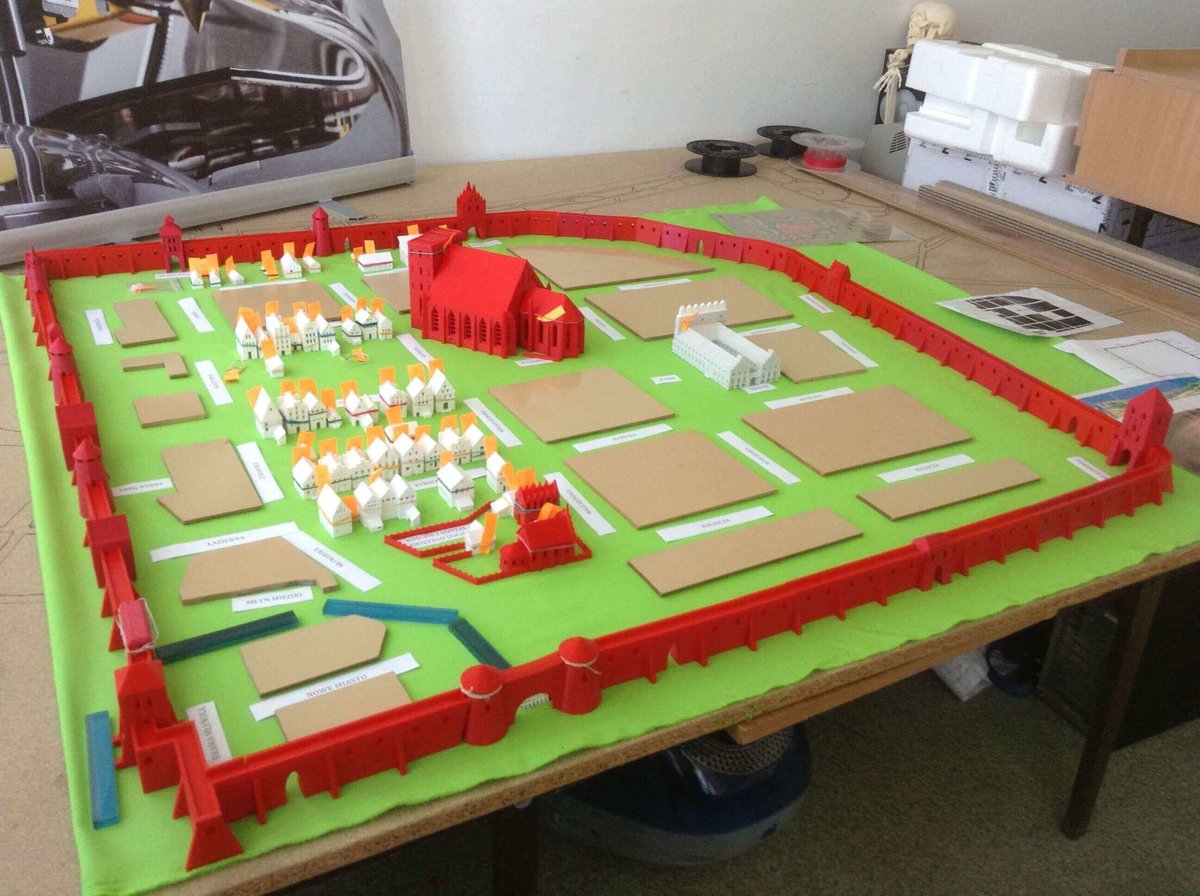
5. 3D printing helps students in comprehending concepts
In addition to integrating 3D printing for the purpose of learning to use the technology, it can also help in the process of understanding other concepts. For example, teachers can create models to help illustrate concepts in a physical way. Great for visual hands-on learning.
State of Colorado started an initiative called Project Lead the Way (PLTW) which is the leading pre-engineering program for middle school and high school students in the nation. A 3D printer has been utilized in courses such as Aerospace Engineering. Students use the printer to create airfoils which can be tested in a wind tunnel to analyze various characteristics. Educators have reported that the students are very engaged and the printer allows them to consistently match design specification to an exact model.
In Maine, a teacher at Mountain Valley High School named Jeff Bailey has incorporated a 3D printer into classes including pre-engineering, engineering, and architectural design and technology. He has reported that the printer allows students to understand math and science in a different way which helps them to comprehend more and enjoy the learning experience.
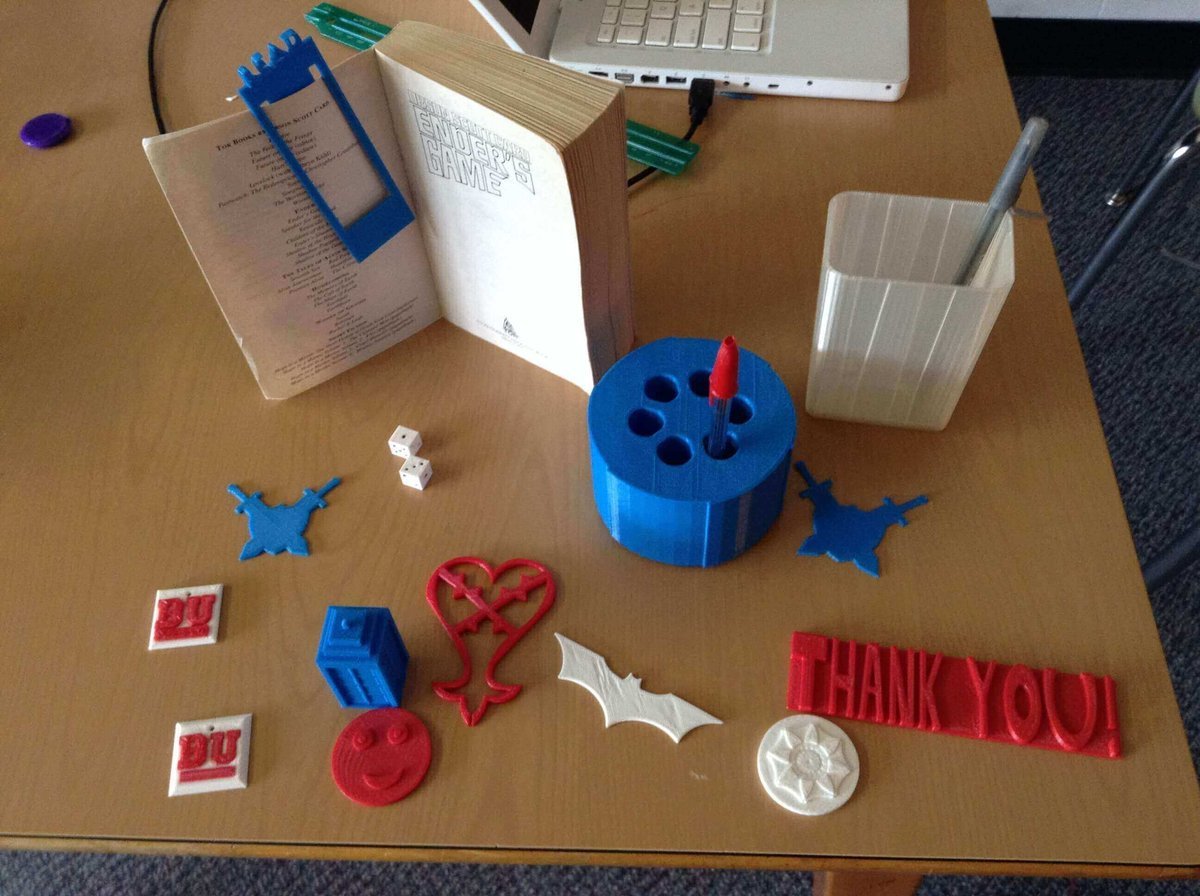
6. Students develop practical skills before entering the workforce
Lastly, 3D printing becomes increasingly important as students progress through university levels of education. They are able to go beyond theoretical learning and actually put their knowledge to practice before entering their industry of choice.
Lancaster University of Applied Sciences is a great example of how 3D printing improves education and the learning process. They have integrated the ZMorph multitool 3D printer into their labs to accelerate the speed of prototyping and manufacturing. With interchangeable toolheads, the machine can also serve as a laser cutter, engraver, and CNC milling machine.
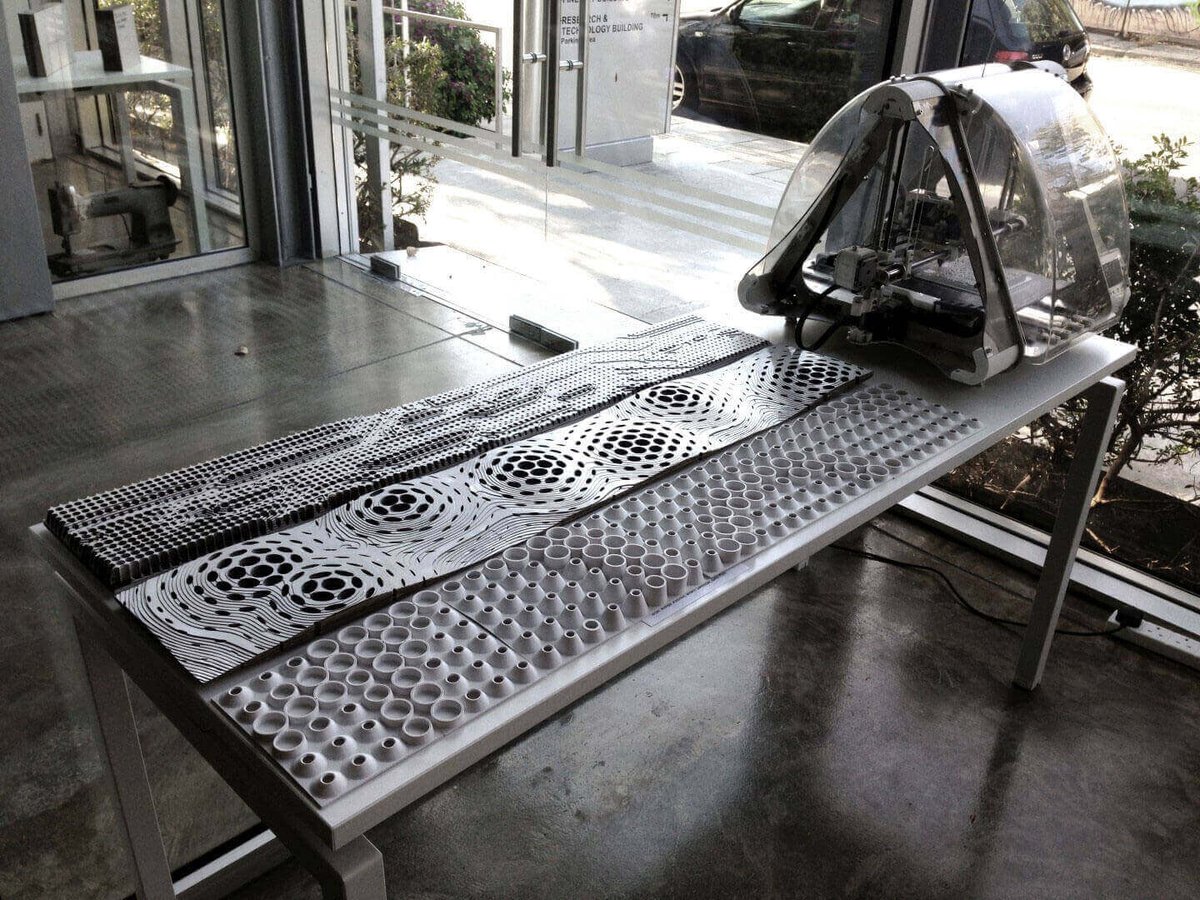
At Durham College (DC), students of the Mechanical Engineering Technology, Electronics Engineering Technology, and School of Science and Engineering Technology programs are now able to generate a variety of components including pneumatic engine parts through the use of the six 3D printers they have purchased. The technology allows students to create structural designs quickly and affordably by removing time and safety constraints that are affiliated with production in a machine shop. This helps to prepare students for future industry demands by letting them explore their creativity and test their designs.
Many ways 3D printing improves education
In the recent past, a 3D printer was something that was out of reach to educators due to the high costs. This has changed with the availability of desktop 3D printers like the ZMorph which make access more affordable.
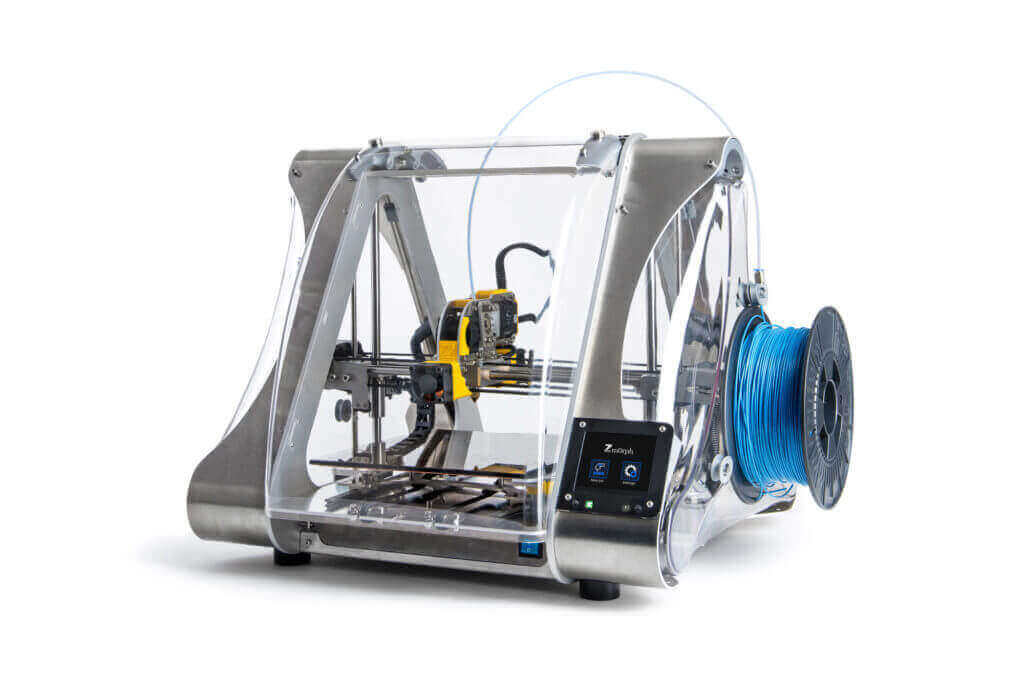
Students can learn from a young age how to use 3D printing technology and develop their understanding throughout their full education. It can allow for an in-depth understanding of concepts which are otherwise vague and unclear by putting illustrative models in the hands of students. This revolutionary technology can also inspire innovation by giving students the tools that they need to develop concepts and products from their ideas.
If you haven’t considered the possibilities yet, it’s time to look how to utilize the many ways 3D printing improves education.
License: The text of "6 Ways 3D Printing Improves Education at All Levels" by All3DP is licensed under a Creative Commons Attribution 4.0 International License.